It’s strong enough to view individual blood cells.
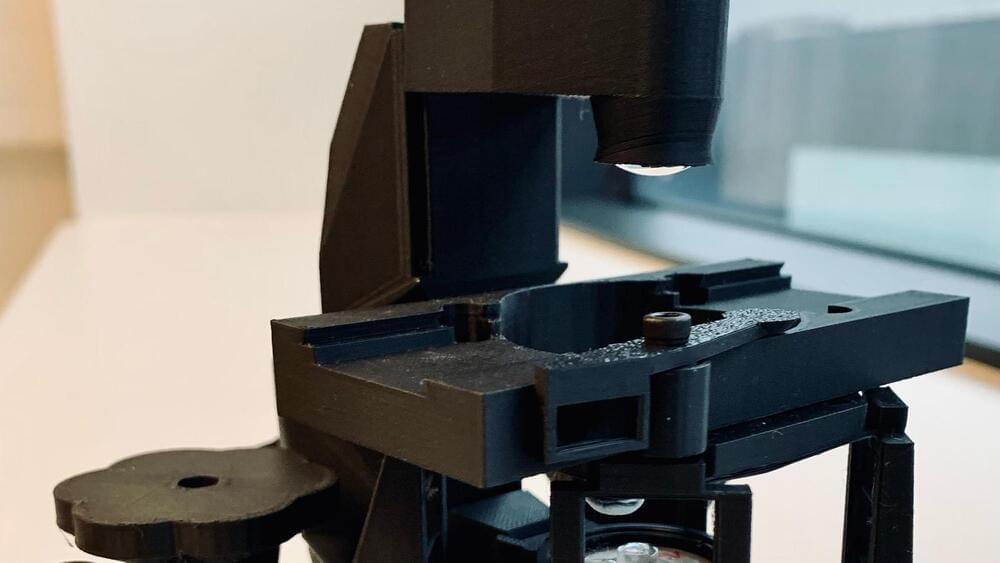


Fiber is a crucial component of a healthy diet, yet fewer than 10% of Americans consume the recommended daily amount. However, new research from Stanford Medicine may provide a compelling reason to increase intake of fiber-rich foods like beans, nuts, cruciferous vegetables, and avocados.
The study, recently published in Nature Metabolism
Nature Metabolism is a peer-reviewed journal published by the Nature Portfolio, focusing on high-impact research in metabolic biology. The journal covers a broad range of topics including cellular metabolism, systemic metabolism, disease, physiology, and metabolic interactions. It aims to provide insights into how metabolism influences health, disease, and aging, and serves as a platform for fundamental and translational research in metabolic science.
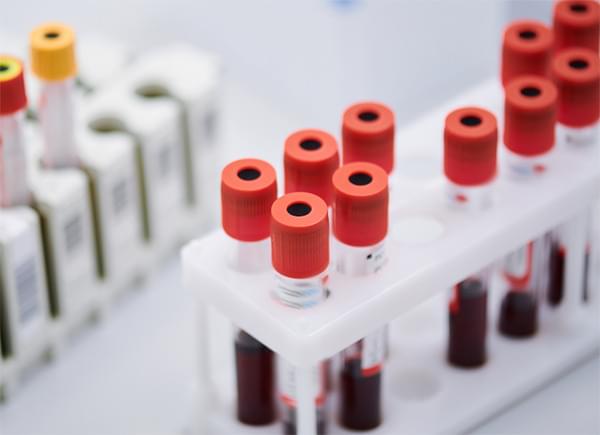
More than half of cancer deaths involve cancers that have no recommended screening tests, including highly deadly cancers like ovarian and pancreatic cancer.1 Multi-cancer detection (MCD) tests are a new type of blood test designed to detect multiple cancers. Despite limited evidence on their benefit, some MCD tests are currently available to the public as cancer screening tools and many more are in development.
Research is underway to try to address the many unanswered questions about cancer screening with MCD tests. To learn more about the uncertainties related to public and clinician perceptions of MCD tests, program officials at the National Cancer Institute (NCI), led by Goli Samimi, Ph.D., M.P.H., Program Director in the Breast and Gynecologic Cancer Research Group in the Division of Cancer Prevention (DCP), decided to ask them directly. NCI facilitated focus groups with practicing primary care physicians (PCPs) and laypersons to learn about their awareness and knowledge of MCD tests and their thoughts on the benefits, harms, uncertainties, and acceptability of using this emerging technology.
“More rigorous data on MCD tests is needed to inform the development of national guidelines for use as cancer screening tools,” said Lori Minasian, M.D., FACP, Deputy Director, DCP, NCI. “We need to know more about people in the community who will be consumers of MCD tests and the professionals responsible for administering tests, interpreting results, and determining next steps.”
Join us on Patreon! https://www.patreon.com/MichaelLustgartenPhD
Discount Links/Affiliates:
Blood testing (where I get the majority of my labs): https://www.ultalabtests.com/partners/michaellustgarten.
At-Home Metabolomics: https://www.iollo.com?ref=michael-lustgarten.
Use Code: CONQUERAGING At Checkout.
Clearly Filtered Water Filter: https://get.aspr.app/SHoPY
Epigenetic, Telomere Testing: https://trudiagnostic.com/?irclickid=U-s3Ii2r7xyIU-LSYLyQdQ6…M0&irgwc=1
Use Code: CONQUERAGING
NAD+ Quantification: https://www.jinfiniti.com/intracellular-nad-test/

The utility of left atrial appendage occlusion (LAAO) as a therapy for stroke prevention in patients with nonvalvular atrial fibrillation (AFib) is the focus of a State-of-the-Art Review published Jan. 8 in JACC: Clinical Electrophysiology.
Jalaj Garg, MBBS, FACC, et al., discuss the procedure’s journey to becoming a mainstream approach for stroke prevention, advancements in LAAO devices over the past two decades, and domains requiring additional scientific inquiry. The authors describe the LAA as an “important therapeutic target” in treating patients with AFib, as the LAA is “the most common site for thrombus formation and an important source of non-pulmonary vein triggers.” They outline the anatomy, physiology and clinical relevance of the LAA along with the evolution of LAA exclusion techniques and devices overtime.
Acknowledging the major advancements in LAAO device technology and clinical benefits, the authors note the ACC, American Heart Association and Heart Rhythm Society have “updated recommendations to Class 2a in patients with moderate to high risk for stroke or contraindications to long-term [oral anticoagulation (OAC)], with weak recommendations (Class 2b) in patients with moderate to high risk for stroke or reasonable to continue long-term OAC.”
Link :
Glioblastoma, an aggressive and often fatal form of brain cancer, has long posed a formidable challenge to doctors and patients alike. Yet, a groundbreaking clinical trial is offering a glimmer of hope, capturing global attention for its potential to revolutionize cancer treatment. A 62-year-old engineer, faced with a grim prognosis, has experienced something extraordinary—his tumour has shrunk significantly in a matter of weeks. This remarkable outcome marks the beginning of a journey that could redefine how we treat one of the most challenging cancers. What makes this approach so promising, and how could it change the future for patients?
Glioblastoma, often referred to as glioblastoma multiforme (GBM), is the most aggressive and common form of primary brain cancer in adults. Originating from glial cells—specifically astrocytes that support nerve cells—this malignancy is notorious for its rapid growth and diffuse infiltration into surrounding brain tissue, making complete surgical removal challenging.
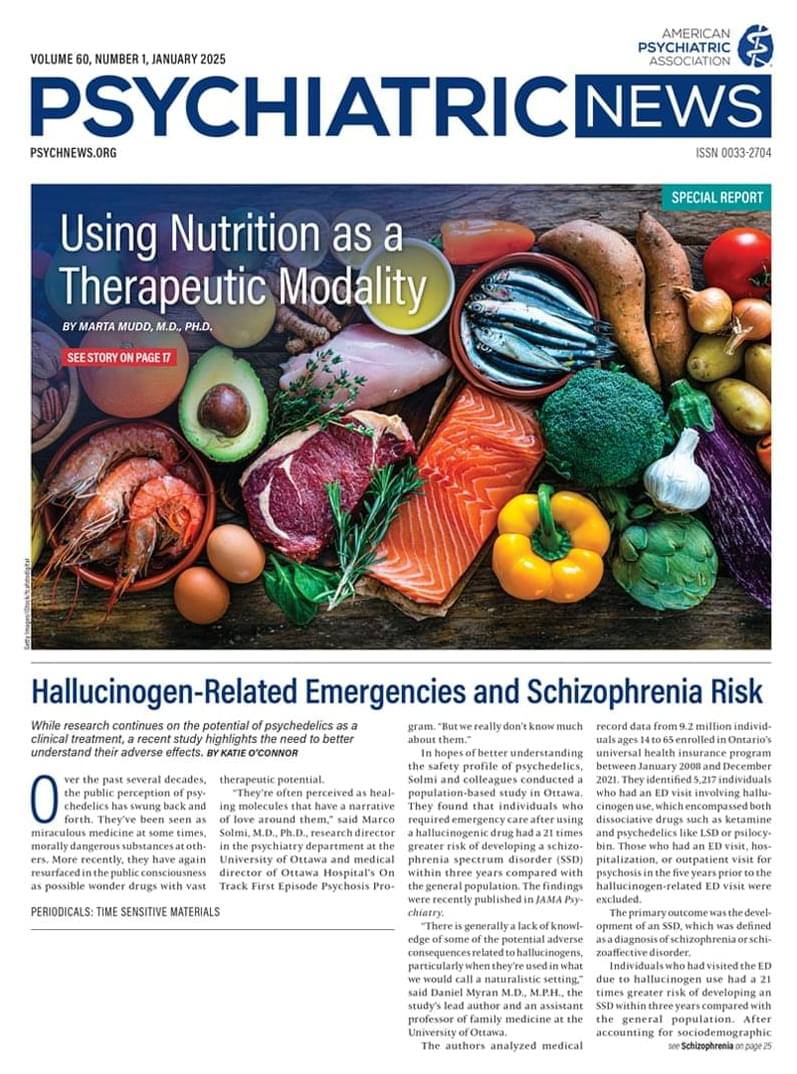
While research continues on the potential of psychedelics as a clinical treatment, a recent study highlights the need to better understand their adverse effects.
PsychiatryOnline subscription options offer access to the DSM-5-TR® library, books, journals, CME, and patient resources. This all-in-one virtual library provides psychiatrists and mental health professionals with key resources for diagnosis, treatment, research, and professional development.
Need more help? PsychiatryOnline Customer Service may be reached by emailing [email protected] or by calling 800−368−5777 (in the U.S.) or 703−907−7322 (outside the U.S.).
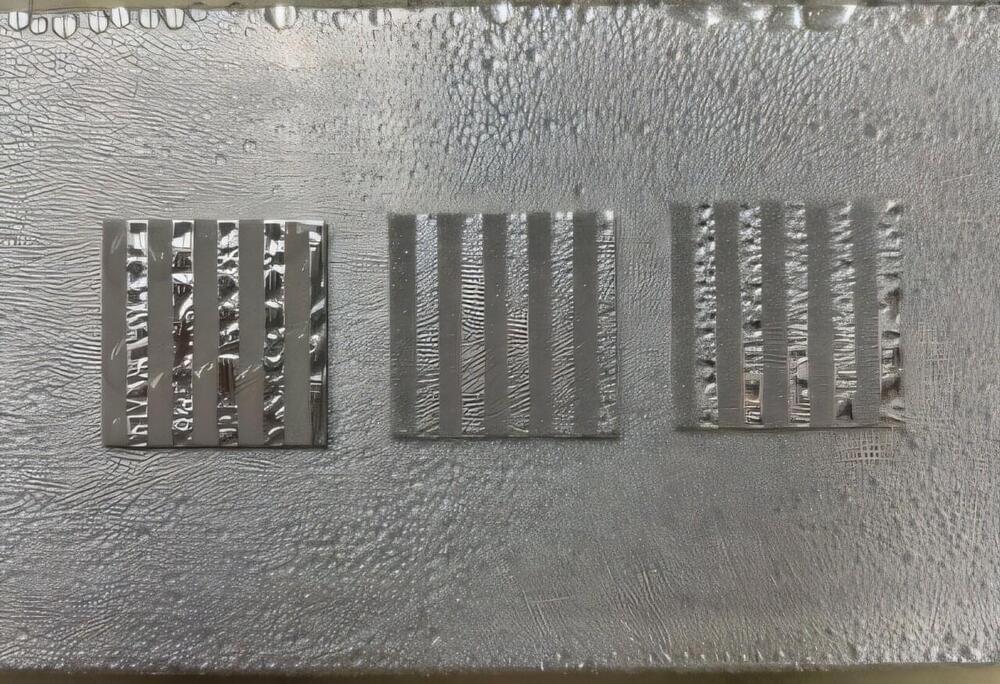
Many cells in our body have a single primary cilium, a micrometer-long, hair-like organelle protruding from the cell surface that transmits cellular signals. Cilia are important for regulating cellular processes, but because of their small size and number, it has been difficult for scientists to explore cilia in brain cells with traditional techniques, leaving their organization and function unclear.
In a series of papers appearing in Current Biology, the Journal of Cell Biology, and the Proceedings of the National Academy of Sciences, researchers at HHMI’s Janelia Research Campus, the Allen Institute, the University of Texas Southwestern Medical Center, and Harvard Medical School used super high-resolution 3D electron microscopy images of mouse brain tissue generated for creating connectomes to get the best look yet at primary cilia.

These ultra-bright high-energy X-rays can be used to image and study extremely dense matter, like the plasmas created during inertial confinement fusion. The team’s work was recently published in Physical Review E.
LLNL scientist Jeff Colvin compared the source to the machine used to find cavities at a dentist.
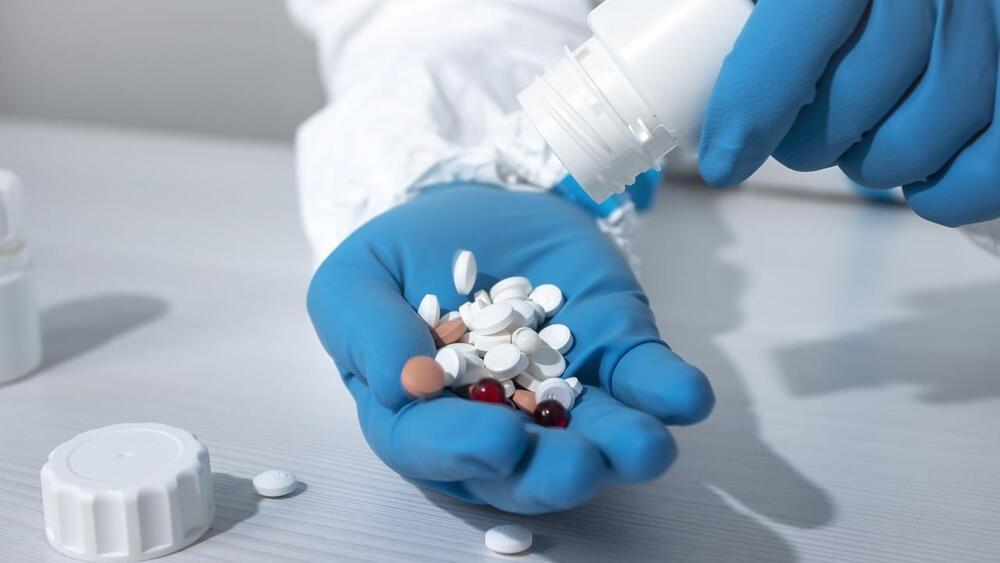
How can computer models help medical professionals combat antibiotic resistance? This is what a recent study published in PLOS Biology hopes to address as a team of researchers from the University of Virginia (UVA) developed computer models that can be used to target specific genes in bacteria to combat antimicrobial resistant (AMR) bacteria. This study has the potential to help scientists, medical professionals, and the public better understand innovative methods that can be used to combat AMR with bacterial diseases constantly posing a risk to global human health.
For the study, the researchers used computer models to produce an assemblage of genome-scale metabolic network reconstructions (GENREs) diseases to identify key genes in stomach diseases that can be targeted with antibiotics to circumvent AMR in these bacterial diseases. The researchers validated their findings with laboratory experiments involving microbial samples and found that a specific gene was responsible for producing stomach diseases, thus strengthening the argument for using targeted antibiotics to combat AMR.
“Using our computer models we found that the bacteria living in the stomach had unique properties,” said Emma Glass, who is a PhD Candidate in Biomedical Engineering at UVA and lead author of the study. “These properties can be used to guide design of targeted antibiotics, which could hopefully one day slow the emergence of resistant infections.”